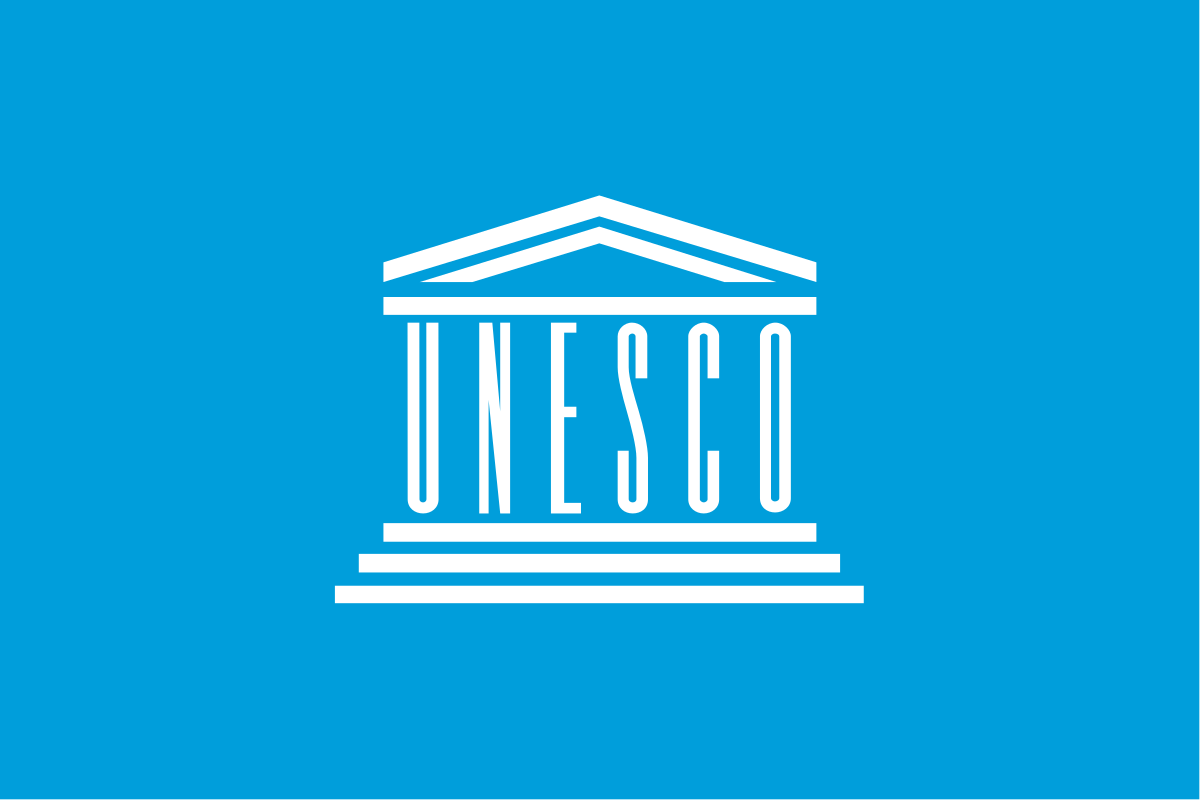
Okureshuli
Usakhelauri

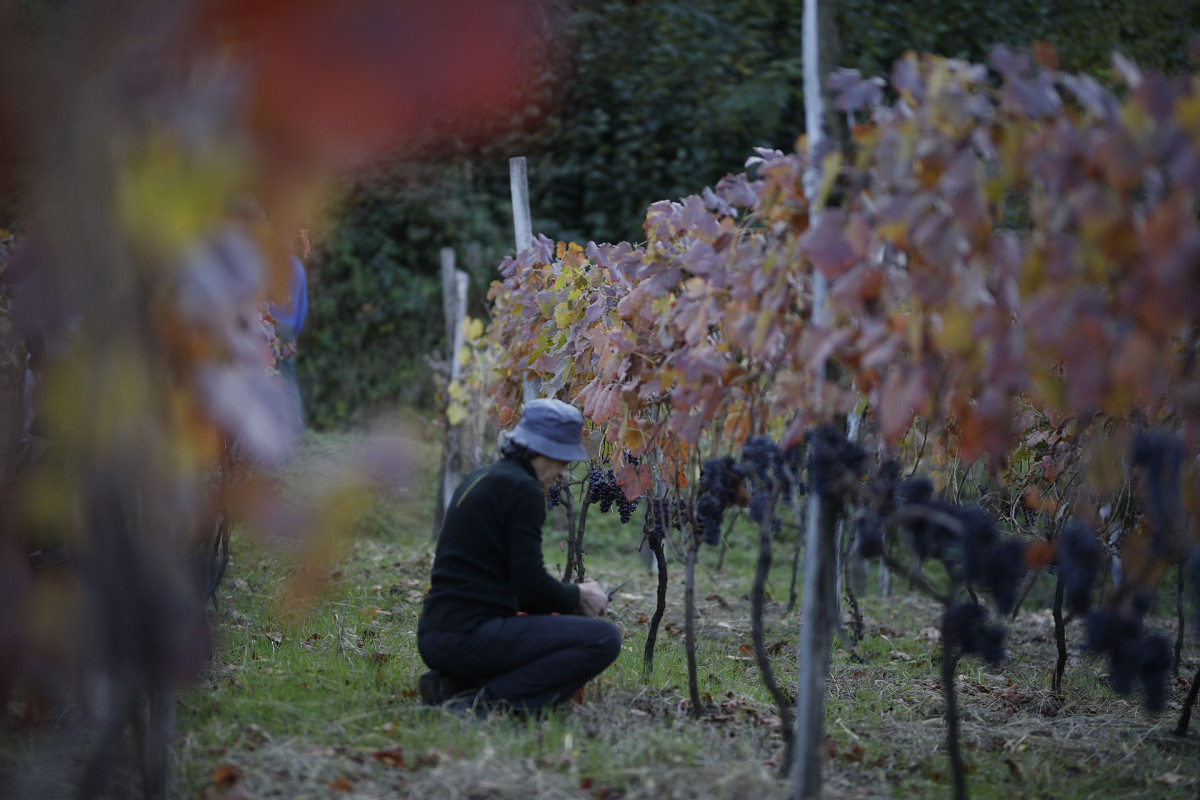
Nestled at the crossroads of Eastern Europe and Western Asia, Georgia is a land of rugged mountains, ancient monasteries, and poetic landscapes. But above all, it's a land that tells a wine tale as old as time. Often called the ‘cradle of wine,’ Georgia's viticultural history goes back thousands of years. Archaeological findings provide evidence that Georgia was undoubtedly a pioneering region to cultivate grapes and produce wine, a tradition spanning over 8,000 years. This legacy is not just a relic from the past; it's a living tradition, felt in every sip of wine produced in this remarkable region. From the unique qvevri winemaking method to the vine's sacred symbolism in Georgian culture, this is a story of passion, tradition, and the deep connection between a nation and its cherished drink. Join us as we journey through time, retracing the steps of ancient winemakers and exploring the lasting impact Georgia has had on the world of wine.
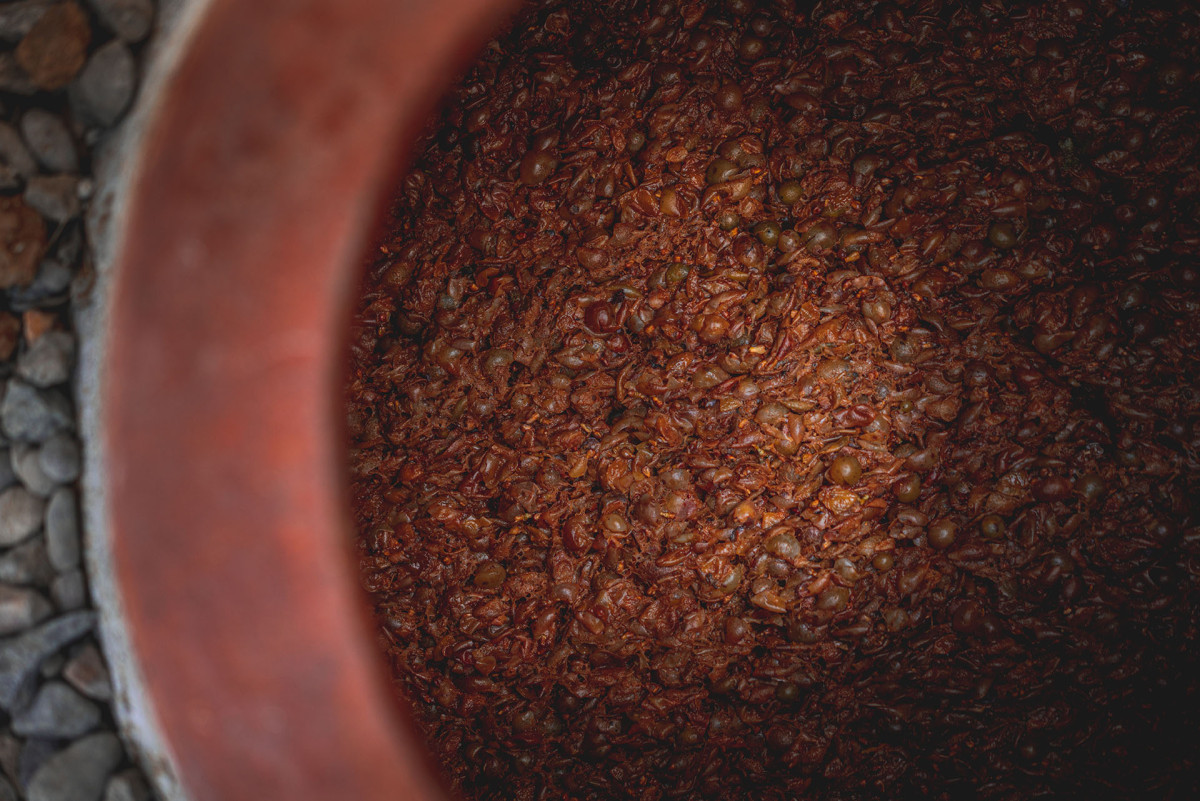
Georgia's reverence for wine is not a fleeting cultural trait but a deep-rooted legacy that goes back to the Neolithic era. The lands between the Caucasus Mountains and the Black Sea have whispered stories of man's earliest endeavours into winemaking.
At the archaeological site of Gadachrili Gora, just outside of Tbilisi, scientists unearthed ancient remnants of wild grape skins and grapevine pips. The shards of clay pottery discovered at the site held residues that tested positive for tartaric acid, a key compound found in wine. These findings provided compelling evidence that as early as 6000 B.C., inhabitants of this region were not only consuming wild grapes but had also begun the transformative journey of turning these grapes into wine.
But wine in Georgia wasn’t merely an agricultural achievement. It was, and still is, deeply interwoven with the country's social and spiritual fabric. Several archaeological sites across Georgia have revealed compelling evidence, pointing towards the nation's ancient tradition of wine production, solidifying its claim as the “Cradles of Wine”.
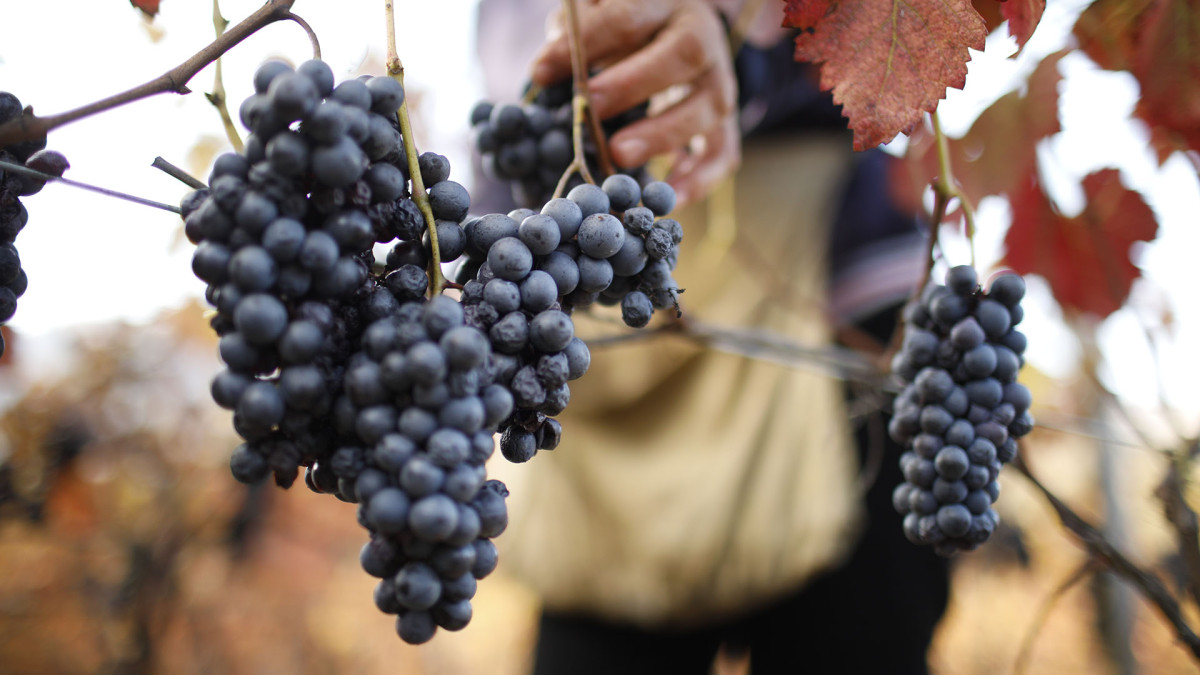
Here is a list of only a few archaeological findings that confirm Georgia's continuous 8,000-year history of winemaking:
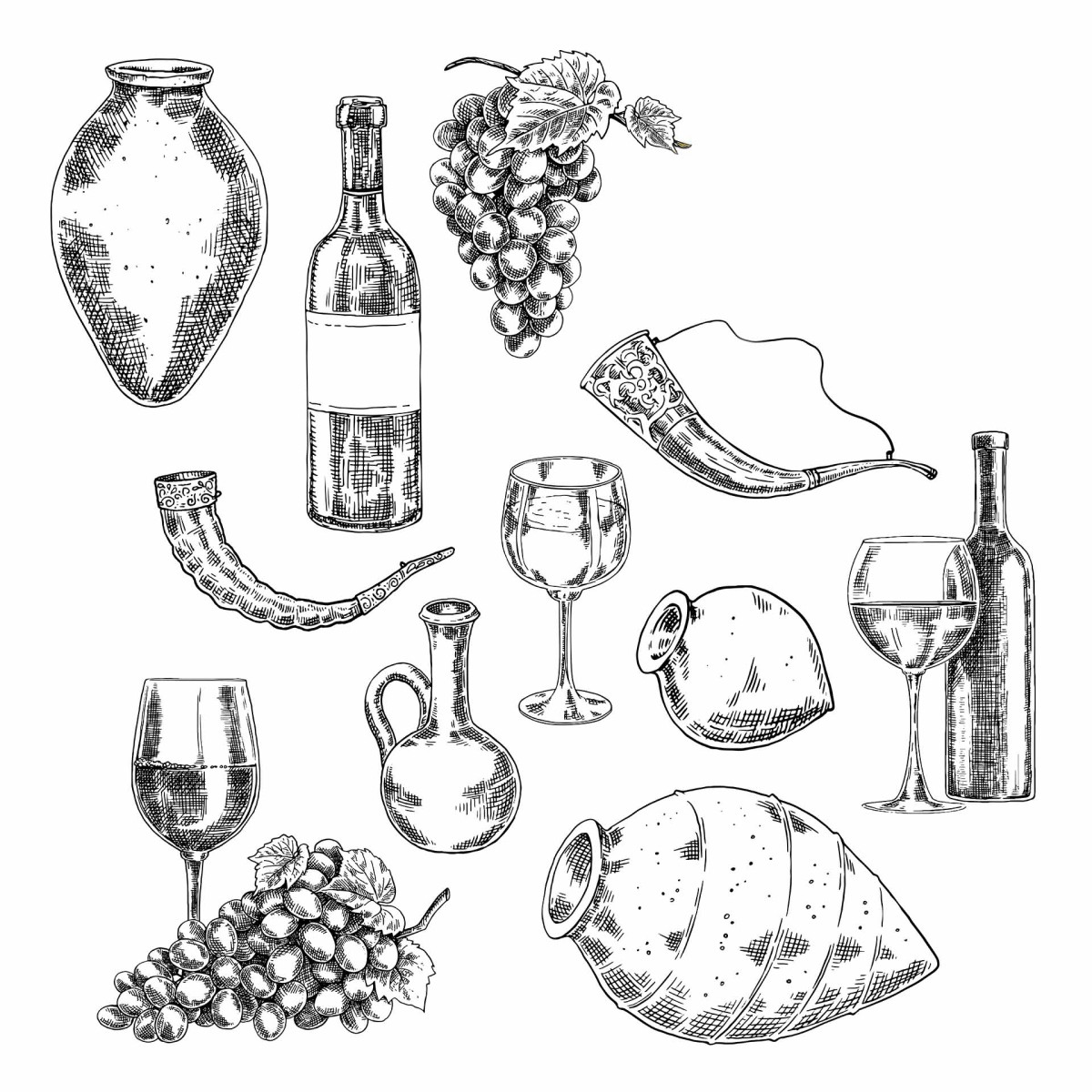
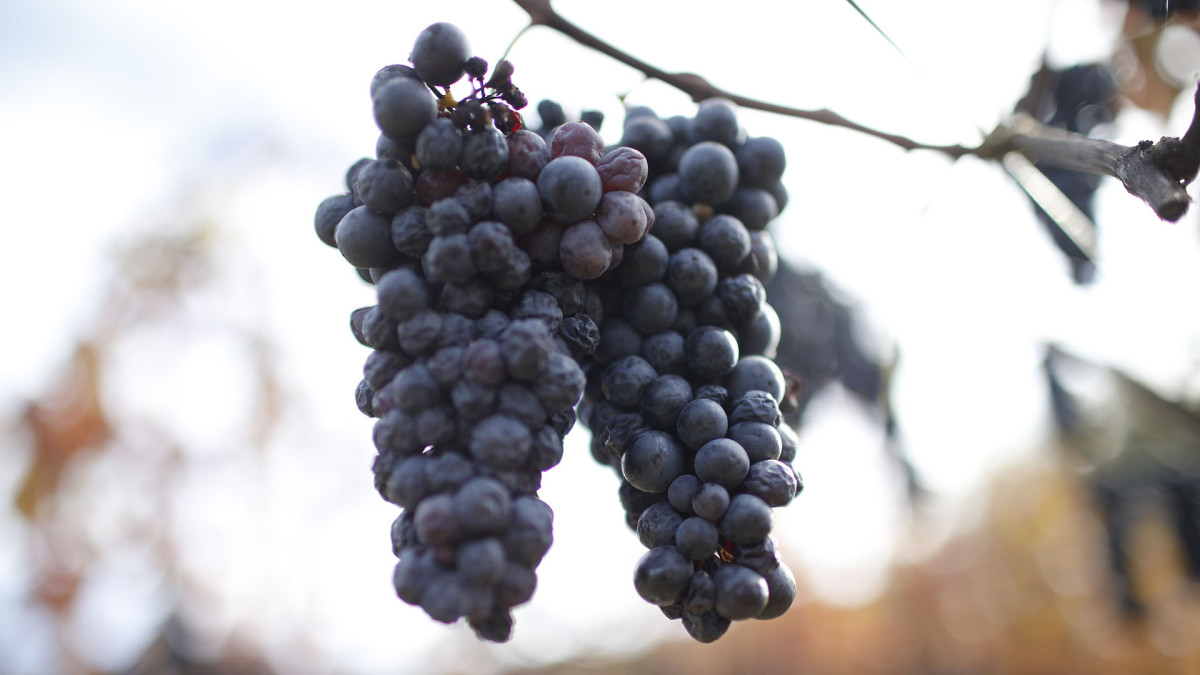
With the fall of the Soviet Union, a fresh chapter began for Georgian wine. As the country reclaimed its independence, there was a palpable momentum to rejuvenate the wine industry. Within just a few years, entrepreneurial spirit paved the way for the establishment of new wine enterprises.
This renaissance was not just about reviving old traditions, but also about evolution. While the ancient practices of winemaking remained a cherished part of Georgia's identity, there was a keen interest in integrating European methodologies and modern technologies.
While Georgia boasts an illustrious history and millennia of winemaking expertise, it remained relatively under the radar in the global wine scene for a long time. However, a turning point arrived when archaeological discoveries confirmed that Georgians had been producing wine for over 8,000 years. This revelation sparked international intrigue and excitement.
UNESCO's subsequent recognition was more than just an endorsement; it was an affirmation of Georgia's enduring legacy in the wine world. This validation propelled Georgian wine to the forefront, capturing the attention of connoisseurs and enthusiasts globally, and ensuring that its deep-rooted heritage was celebrated on the world stage.
